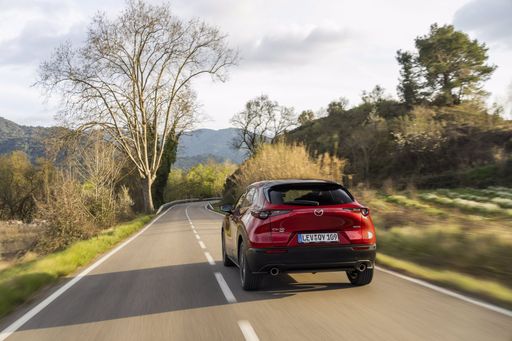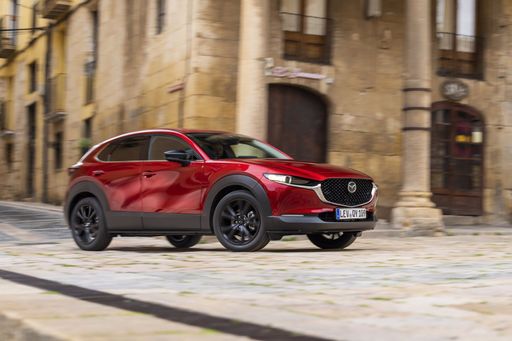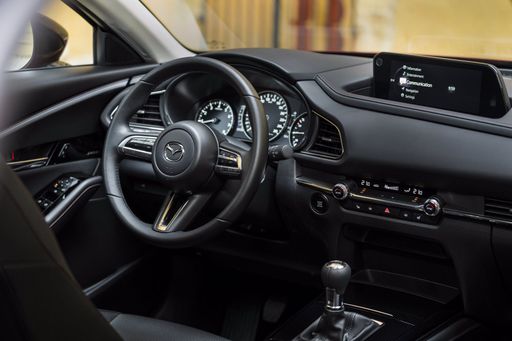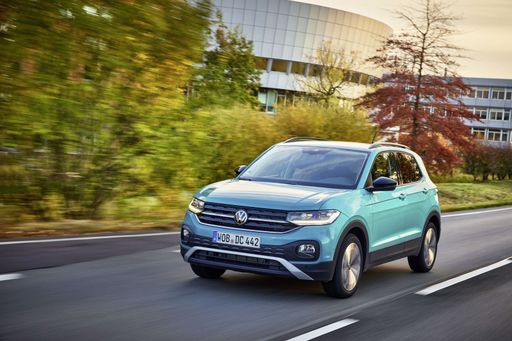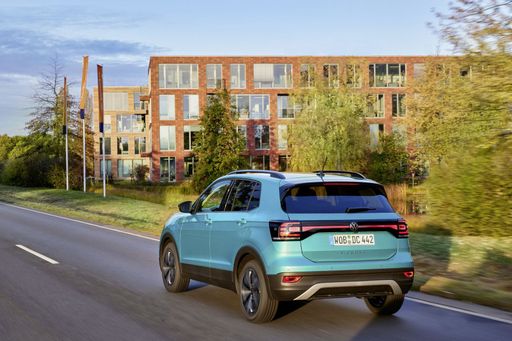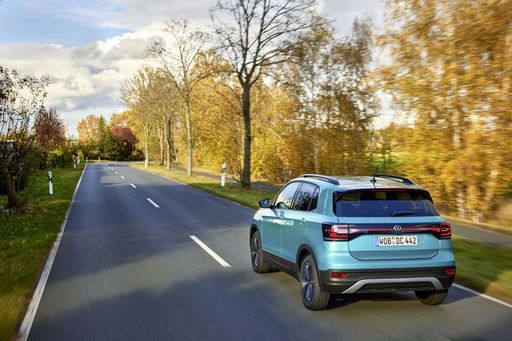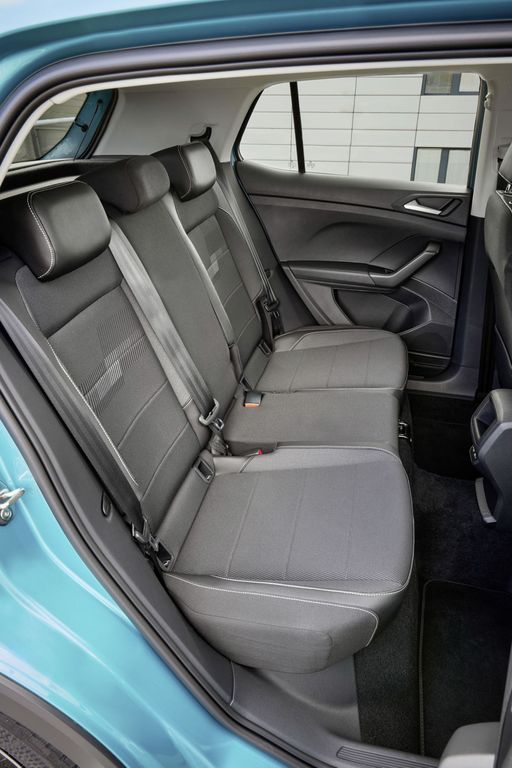Introduction to the Compact SUV Showdown
The compact SUV segment has gained immense popularity in recent years, combining practicality with style and performance. Two of the standout contenders in this category are the Mazda CX-30 and the Volkswagen T-Cross. Each vehicle offers unique strengths, innovative technology, and a driving experience that appeals to various types of drivers. In this article, we delve into the technical aspects and innovations that set these two models apart, giving you a clearer picture of which SUV redefines the compact category for 2024.


